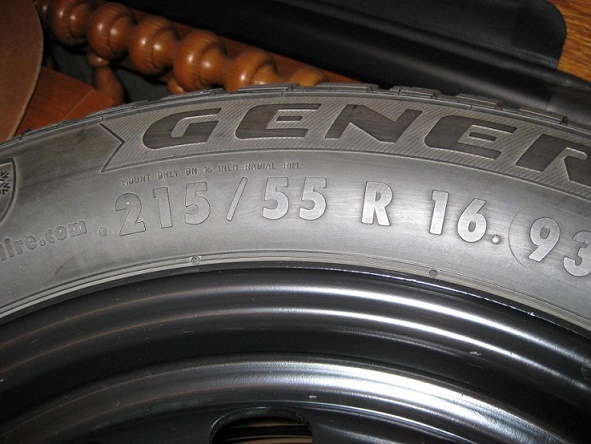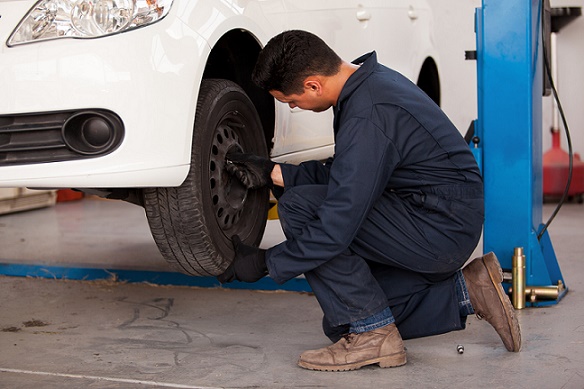
Wheel Alignment vs. Wheel Balancing
One of the most commonly confused vehicle services are wheel alignments and balancing. Since they are both important when it comes to enhancing the lifespan and performance of tires, it makes sense that there would be some confusion. However, they are separate processes and have different frequencies of when they should be done. For example, wheel balancing should be performed more frequently, while wheel alignments shouldn't be needed as often.
Wheel Balancing
Over time, wheels lose balance as the tread wear alters the distribution of weight around the tire. This can be caused by imperfections, blemishes in the rubber, or damage to the tire or rim. When this happens, one section of the tire or rim is heavier and can cause the vehicle to shake, wobble or vibrate as it rolls down the road. During a wheel balance, the service technician uses a calibrated spin balancer to test the static and dynamic wheel balance and adds weights to the tire to counter-balance any heavy spots. It is general practice to have your tires balanced when you have your tires rotated, which is typically done every 5,000 to 8,000 miles.
Wheel Alignment
Wheel alignment, also known as "front-end alignment" or "tire alignment", is when the technician adjusts the angle of the wheels so that they are parallel to each other and perpendicular to the ground, according to the specifications of the vehicle manufacturer. At the end of the service, the vehicle should roll down the road easier and use fuel more efficiently. Having proper wheel alignment will also help ensure that the suspension parts last longer. In general, vehicle manufacturers recommend having your wheel alignment checked every 10,000 miles, however, you should have it checked if you feel the vehicle pulling to the side or if it has recently been in a collision.

